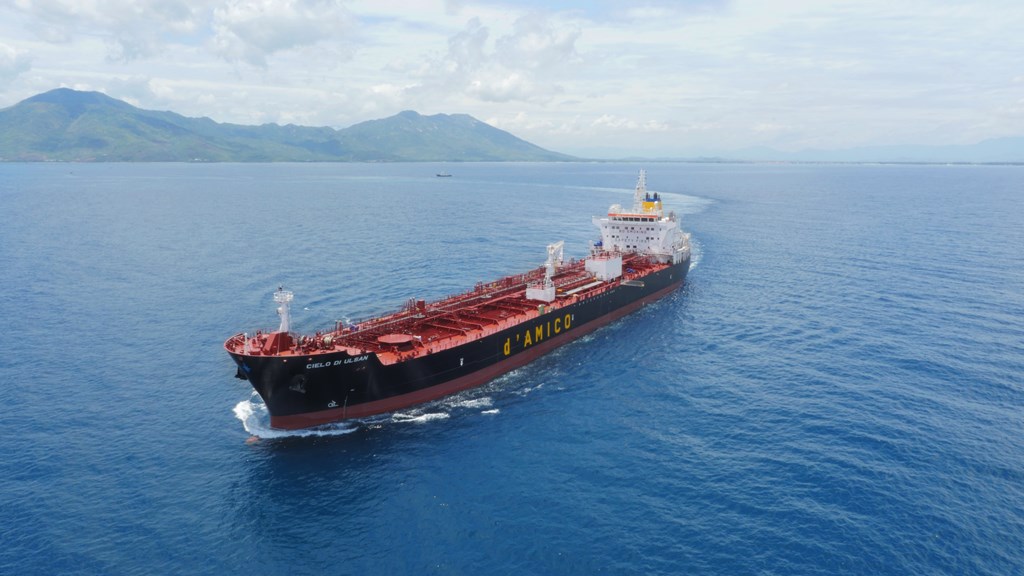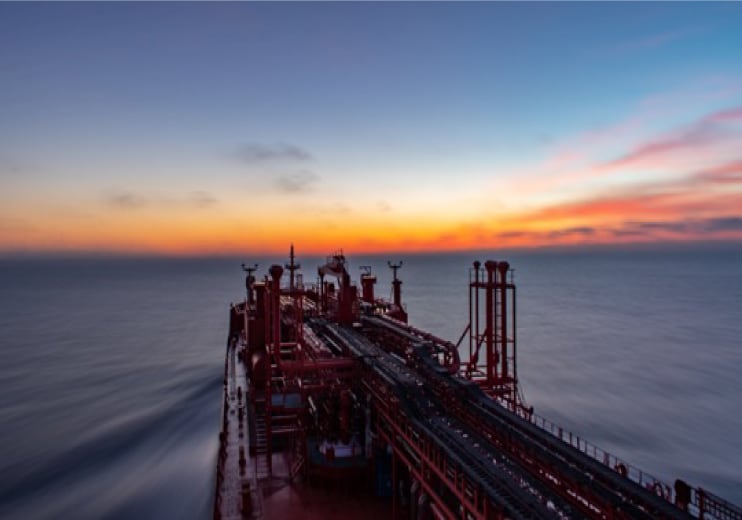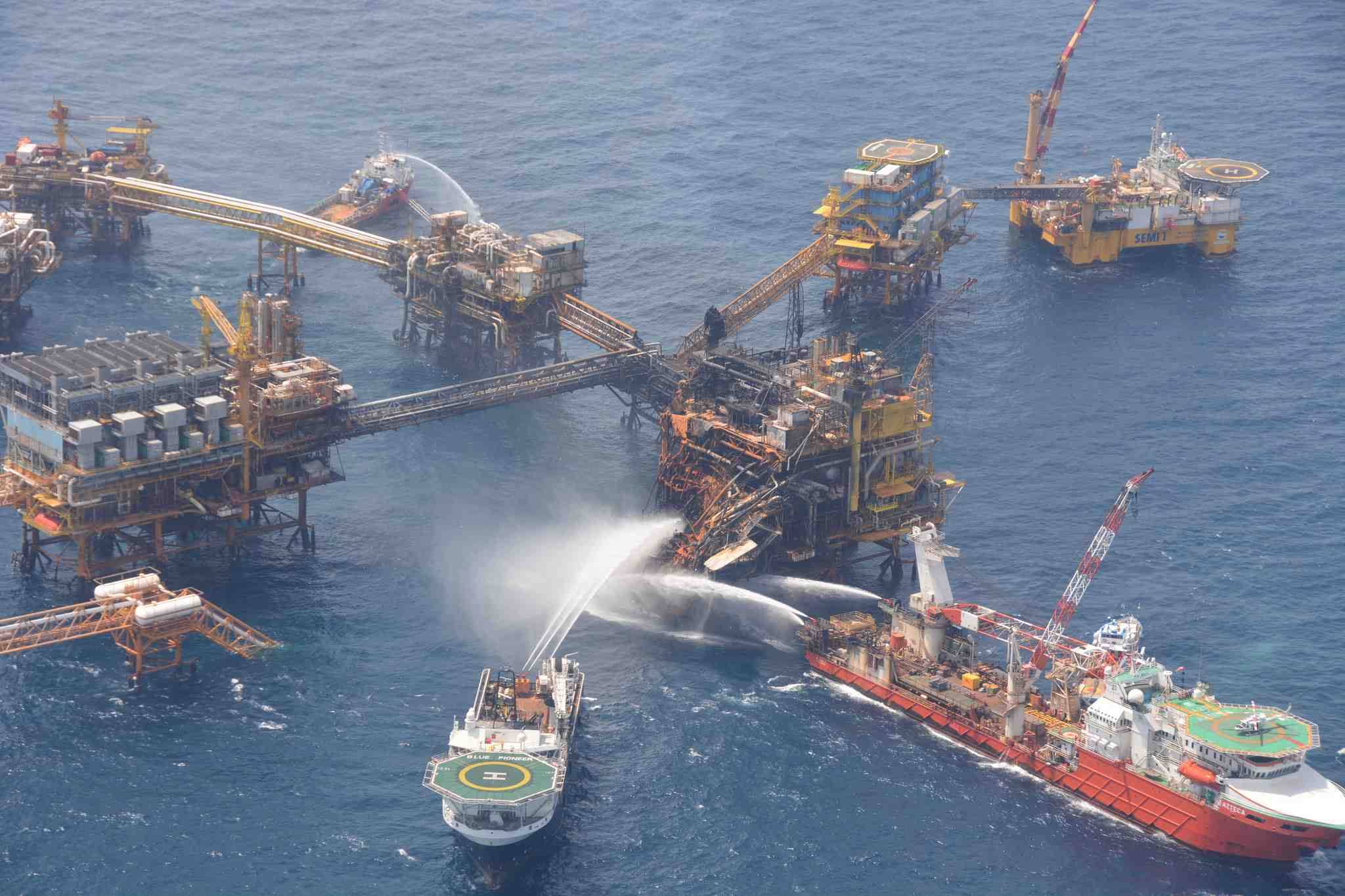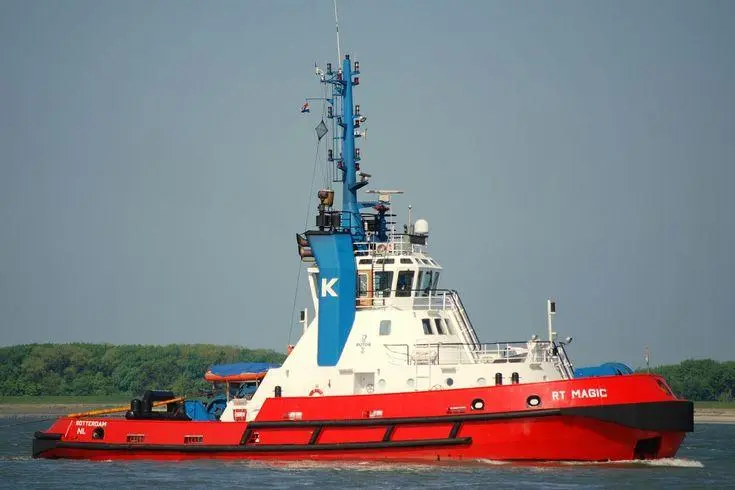马士基2023年试航碳中和支线船
作者: 发布时间:2021年02月19日 浏览量:1483 字体大小: A+ A-
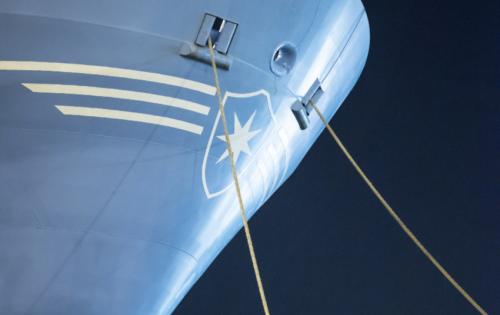
图片来自网络,版权属于原作者
来源:Offshore Energy 2021-02-17
翻译:国际海事信息网 黄子倩 张运鸿
集装箱航运巨头马士基计划于2023年试航世界首艘碳中和班轮,比原先计划的2030年目标提前了7年。
首艘碳中和船舶是2000TEU甲醇支线船(methanol feeder),将部署到马士基地区内航线网。
虽然这艘碳中和船舶可以使用标准极低硫燃料油(standard VLSFO),但马士基计划从该船运营第一天起就使用绿色甲醇燃料(e-methanol)或者可持续生物甲醇(sustainable bio-methanol)。
该声明发布正值马士基的客户对可持续航运链的需求持续增长,该领域技术发展加速之际。
马士基此次研发甲醇燃料支线船,并打算在新造船上安装双燃料发动机的决定均是其船队更新计划的一部分。
马士基预计资本性支出(CAPEX)在可控范围内。
马士基去年季度业绩创下历史记录。相比于2020年的83亿美元,预计马士基2021年实际息税折旧摊销前利润(underlying EBITDA)在85-105亿美元之间。
马士基2021年度的资本支出指导值(CAPEX guidance)预计在45-55亿美元之间。
马士基CEO施索仁上周评价马士基订造新船的前景时表示,马士基需要更换一些老旧船只,但不会有较大动作。
在资本支出指导方向(Capex guidance)和燃料技术上,马士基表示会继续探索适合其船舶的最佳燃油。
在脱碳策略上,马士基计划到2030年拥有商业上可行,且可正常运营的零碳船舶。到2030年,二氧化碳排放量相比2008年减少60%。不过,根据马士基的最新声明,这一目标可能会提早实现。
马士基在研发新燃料上投入了大量的人力物力,并在三种潜在燃料类型上进展神速。这三种燃料分别是酒精(甲醇、乙醇)、生物甲烷和氨气。
施索仁指出:“两种燃料都有各自的问题:酒精闪点过低,因此有安全问题;氨气有毒,因此也有安全问题。”
“但我们有信心在两到三年内解决这些问题。新型发动机仍是目前我们熟知的内燃机,这是件好事,因为这意味着我们有机会用新的活塞来翻新现有的船舶。”
(本文版权归国际海事信息网所有,图片版权归原作者,转载请注明出处。)
Maersk to operate world’s 1st carbon-neutral feeder by 2023
Container shipping heavyweight Maersk plans to launch the world’s first carbon-neutral liner vessel in 2023, seven years ahead of the initial 2030-ambition, Maersk said.
The vessel will be a methanol feeder with a capacity of around 2,000 TEU and it would be deployed in one of Maersk’s intra-regional networks.
While the vessel will be able to operate on standard VLSFO, the plan is to operate the vessel on carbon neutral e-methanol or sustainable bio-methanol from day one.
The announcement comes amid growing customer demand for sustainable shipping chains as well as the acceleration of technological developments in the field to support the demand.
Both the methanol-fueled feeder vessel and the decision to install dual fuel engines on future newbuildings are part of Maersk’s ongoing fleet replacement plans.
The company expects CAPEX implications to be manageable.
The company ended the year with record quarterly results, forecasting an underlying EBITDA for 2021 in the range of $8.5-10.5bn, compared to $8.3bn in 2020.
In its CAPEX guidance, Maersk said that it expects to have $4.5-5.5 billion for 2021-2022.
Commenting last week on the prospects of ordering new ships, Skou said that Maersk needed to replace some of its aging tonnage, adding that nothing dramatic should be expected.
When it came to Capex guidance and fuel technology, the company said it was still working on figuring out what would be the best fuel of the future for its ships.
In line with its decarbonization strategy, Maersk aims to have commercially viable, net-zero vessels on the water by 2030, and to deliver a 60% relative reduction in CO2 emissions by 2030 compared to 2008 levels. However, with the latest announcement, the realization of these plans is likely to come even sooner.
Hence, the liner major has been investing a lot of its own money and effort to develop new fuels, zooming in on three potential fuel types based on alcohols (methanol and ethanol), bio-methane, and ammonia.
“Both of those fuel types have special issues: with alcohol, the flame point is very low so there’s a safety issue there, the other is that ammonia is toxic, so there’s also another safety issue there,” Skou pointed out.
“Nevertheless, we believe we can solve those problems in two to three years. It will still be a combustion engine as we know it today, which is good because it means there’s a chance we can even retrofit existing ships with new pistons and so on.”
来源:simic
今日要闻
图片新闻
海外传真
热点报道



